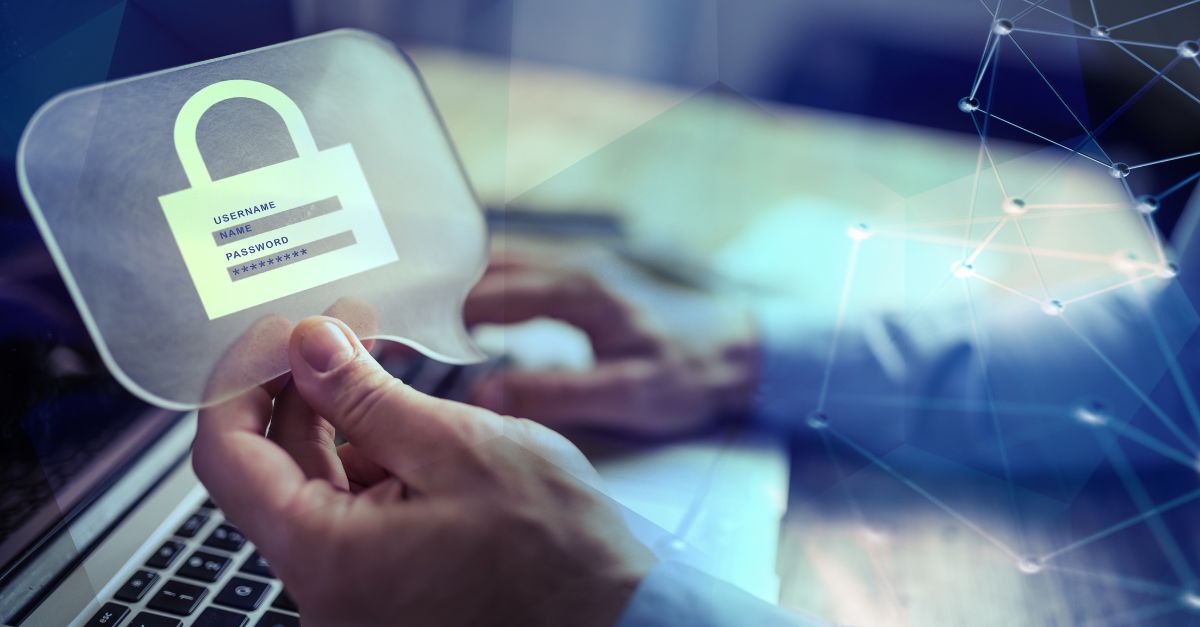Email is one of the most widely used and essential forms of communication in the modern world, with over 4 billion users. However, email is also one of the most vulnerable and exposed mediums, as it can be easily intercepted, altered, or forged by malicious actors. Phishing is one of the most common causes of security breaches, leading to attacks like data theft or ransomware that result in billions of dollars of losses and damages for businesses and individuals alike.
How can you protect your email messages from being hacked, tampered with, or impersonated? The answer is S/MIME.
S/MIME stands for Secure/Multipurpose Internet Mail Extensions, and it is a standard that allows you to encrypt and sign your email messages using public key cryptography. By using S/MIME, you can ensure that your email messages are confidential, authentic, and unmodified, regardless of who or where you send them to.
In this blog, we will explain what S/MIME is, how it works, how to get S/MIME certificates, and how to use them on various email clients and platforms. By the end of this blog, you will have a better understanding of how S/MIME can enhance your email security and why you should consider using it for your professional communication.
How S/MIME Works
S/MIME is based on the principle of PKI, also called public key cryptography, which uses two keys: a public key and a private key. The public key is used to encrypt or lock the message, and the private key is used to decrypt or unlock the message. The public key can be shared with anyone, but the private key must be kept secret by the owner.
Via PKI, S/MIME utilizes digital certificates, which are digital documents that contain the public key and other information about the owner, such as the name, email address, and organization. Certificates are issued and verified by trusted third parties, called certificate authorities (CAs). Certificates help to establish the trustworthiness and validity of the public keys and the identities of the owners.
With a digital certificate, it can be applied as a digital signature on emails as an extra level of security. It reassures the recipient that the email was indeed signed by you, since you were verified by a CA, and not a fraudster. The digital certificate acts as your distinctive digital stamp, indicating to the recipient that the content has remained unchanged during transmission. Any modifications would render the signature invalid.
The process of digitally signing an email message with S/MIME is as follows:
- After composing and before sending the message, enable digital sign from your email client. This will create a hash of the message.
- The private key will be used to encrypt the hash, and the result will be the digital signature.
- The digital signature and the corresponding public key are attached to the message when sent.
- The recipient can validate the sender from the public key. And using the public key to verify the hash if it matches with the content. This provides integrity of the message and the identity of the sender.
* If the hash did not match, it means that the message has been altered, and a corresponding note will appear.
The process of encrypting an email message with S/MIME is:
- The sender obtains the recipient’s public key, either by exchanging digitally signed email or from a directory service.
- The sender converts the message to ciphertext using a symmetric algorithm. The symmetric algorithm is then encrypted using the recipient’s public key.
- The ciphertext and the encrypted key are sent as a package file, which can only be decrypted with recipient’s private key using a supported email client.
- The recipient receives the package and verifies the sender’s certificate and the digital signature, using the sender’s public key and the same hash function. If the verification is successful, it means that the message is authentic and intact.
- The recipient decrypts the ciphertext with their own private key, using the same symmetric encryption algorithm. The decrypted message is called plaintext, and it is the original message that the sender intended to send.
How to get S/MIME certificates
To use S/MIME for email encryption and signing, you need to have a valid S/MIME certificate that contains your public key and other information about your identity. The most secure and reliable way of obtaining S/MIME certificates is through a trusted certificate authority (CA).
CAs like GlobalSign are organizations that issue and verify digital certificates for various purposes, such as S/MIME, SSL / TLS, or Code Signing. GlobalSign acts as a trusted third party which vouches for the authenticity and validity of the certificates issued. To get an S/MIME certificate you can apply for one on GlobalSign’s website. Once your information is verified, you will be issued a certificate that you can download and install on your device.
Here are the advantages of getting an S/MIME certificate from GlobalSign:
- High level of security and trust: A CA-signed certificate is widely recognized and accepted by most email clients and platforms, and it provides a strong assurance of your identity and the integrity of your messages.
- Long validity period: A CA-signed certificate usually has a validity period of one or more years, which means you don’t have to renew it frequently.
- Customer support and revocation service: A CA usually provides customer support and assistance in case you encounter any issues with your certificate, such as installation, configuration, or renewal. A CA also offers a revocation service, which allows you to revoke your certificate in case it is lost, stolen, or compromised.
Individually purchasing certificates may be more of a hassle for large-scale deployment, however. If you are looking for a solution that can help you overcome these disadvantages and simplify the process of getting and managing S/MIME certificates, you should consider using automation solutions such as GlobalSign's Certificate Automation Manager. These solutions use certificate lifecycle management and automation technologies to streamline and optimize the acquisition and administration of S/MIME certificates.
With GlobalSign's products and services, you can:
- Save money and time: Our products and services allow you to get S/MIME certificates from a trusted CA at a lower cost and faster speed. You don’t have to pay for individual certificates or wait for the verification process. You can get bulk certificates for your entire organization or domain in minutes.
- Automate the enrollment, renewal, and revocation of S/MIME certificates: Our products and services enable you to automate the entire lifecycle of S/MIME certificates, without any manual intervention or user interaction.
- Simplify the installation and configuration of S/MIME certificates: Our products and services make it easy for you to install and configure S/MIME certificates without any technical skills or knowledge.
- Monitor and audit the usage and status of S/MIME certificates: Our products and services provide you with a comprehensive and centralized view of your S/MIME certificate inventory and activity.
- Support popular email clients and platforms: Our products and services support multiple email clients and platforms without any compatibility or integration issues.
S/MIME is a powerful and easy-to-use standard that allows you to encrypt and sign your email messages using public key cryptography. By using S/MIME, you can protect your email messages from being hacked, tampered with, or impersonated by malicious actors.
If you want to start using S/MIME for your professional communication, you need to get S/MIME certificates from a trusted source. GlobalSign is one of the leading trusted service providers for PKI management and security and offers a range of solutions to help you get started with S/MIME through our expert team. These solutions can help you acquire and manage S/MIME certificates easily and efficiently, without any hassle or complexity.
Want to learn more about securing your email communications?







